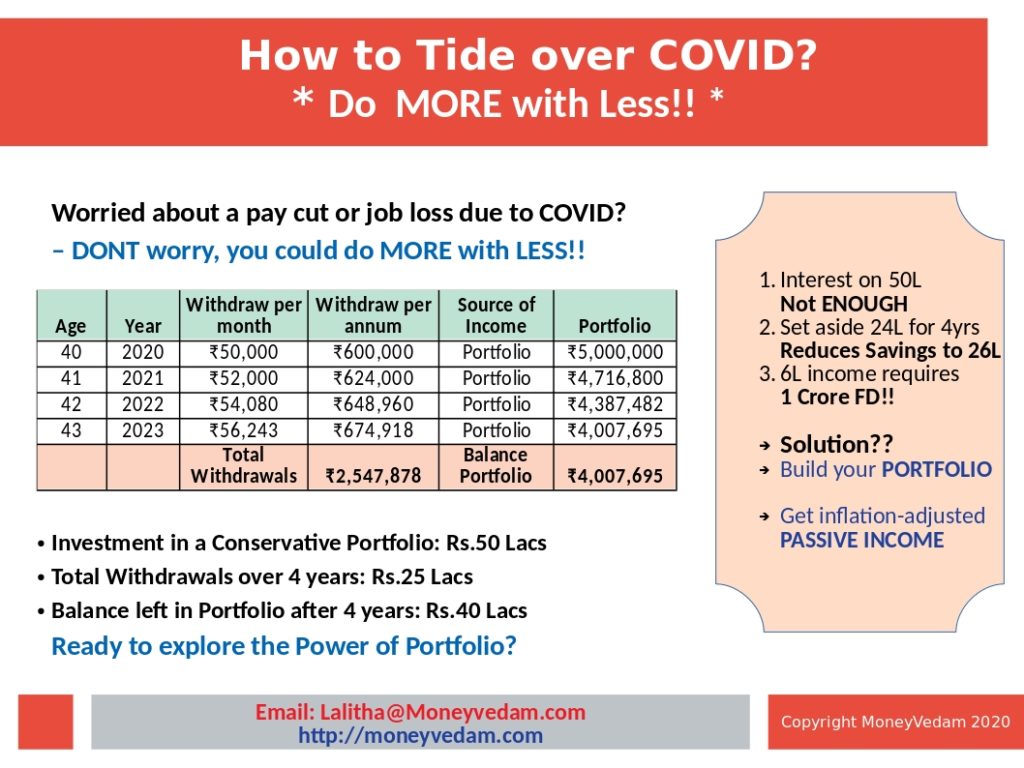Whats the Right ROTH Conversion amount?
When it comes to retirement accounts in the US, there is no dearth of choices. They come in all flavors and each one brings its own merits and restrictions. If you are one of those investors, who have an IRA account in addition to a 401k account, you may have heard of discussions pertaining to converting your IRA to a Roth IRA. In this blog, we shall examine these two types of account and analyze whether it is advantageous to make the conversion from one type to another.
Rationale for Roth conversion
Individual Retirement Accounts [IRA], also known are Traditional IRAs are basically retirement savings accounts. Those with annual incomes up to $198k [MAGI] can contribute $6000/- per annum into their IRA accounts and get a tax deduction for their contributions. As these are paid with pre-tax dollars, all future earnings and withdrawals are taxed. If you are eligible to make a ROTH IRA contribution, these are made with post-tax dollars and hence future earnings and withdrawals are NOT taxed. Now, we shall see if you should convert your traditional IRA to a Roth IRA!
Generally tax saving on future earnings & incomes is touted as the primary reason for an IRA to Roth conversion. However, one needs to objectively assess the move in light of various aspects covered below:
- Let us say, presently you are in the 24% tax bracket ($171-$326k income for 2020). Do you expect to be in a higher tax bracket when you retire?
- Is the current Traditional IRA corpus solely from “Deductible IRA”? Or did you make any “Non-deductible” contributions?
- By converting even 20% of IRA funds to Roth, your income could jump from a lower 24% tax slab to a higher 32% slab. And that could significantly impact your tax liability – do you have the cash in hand to pay for this additional tax?
- Or do you have sufficient losses from other heads of income(s) to offset the tax liability that may arise from this Roth conversion?
- Is the market level right for you to convert a part of your IRA to Roth or should you wait for a deep correction in order to reap the disproportionate taxes incurred now as rewards / returns in future?
- Would you have other sources of income when you turn 70.5, that you do not need to withdraw the minimum sum from IRA under the RMD (Required Minimum Distribution) rule?
Once you have the answer to these questions, then it makes sense to do the math and see how much you stand to gain in taxes payable now (vs) taxes deferred to future. The other incentive to convert is to overcome a constraint introduced by the SECURE Act – whereby upon demise of the account holder (wef 1.Jan.2020), legal heirs (except surviving spouse) are mandated to withdraw inheriting IRA account balances in 10 years & pay higher taxes along with their then future income(s).
Important points to consider in your DECISION
- It makes sense to convert only to the extent you remain within your current tax bracket
- It would make for smart investing to convert amounts in excess of your retirement corpus
- Any sum that you set aside in IRA to bequeath would largely benefit from the conversion
Do the Math with your financial advisor and understand the right amount to convert. It would help you optimize tax outgo NOW (vs) taxes payable from ages 59.5 or 70.5 depending on your annuity withdrawal age from IRA, happy planning!
Also read how good are 401k Target Year Retirement Funds!






